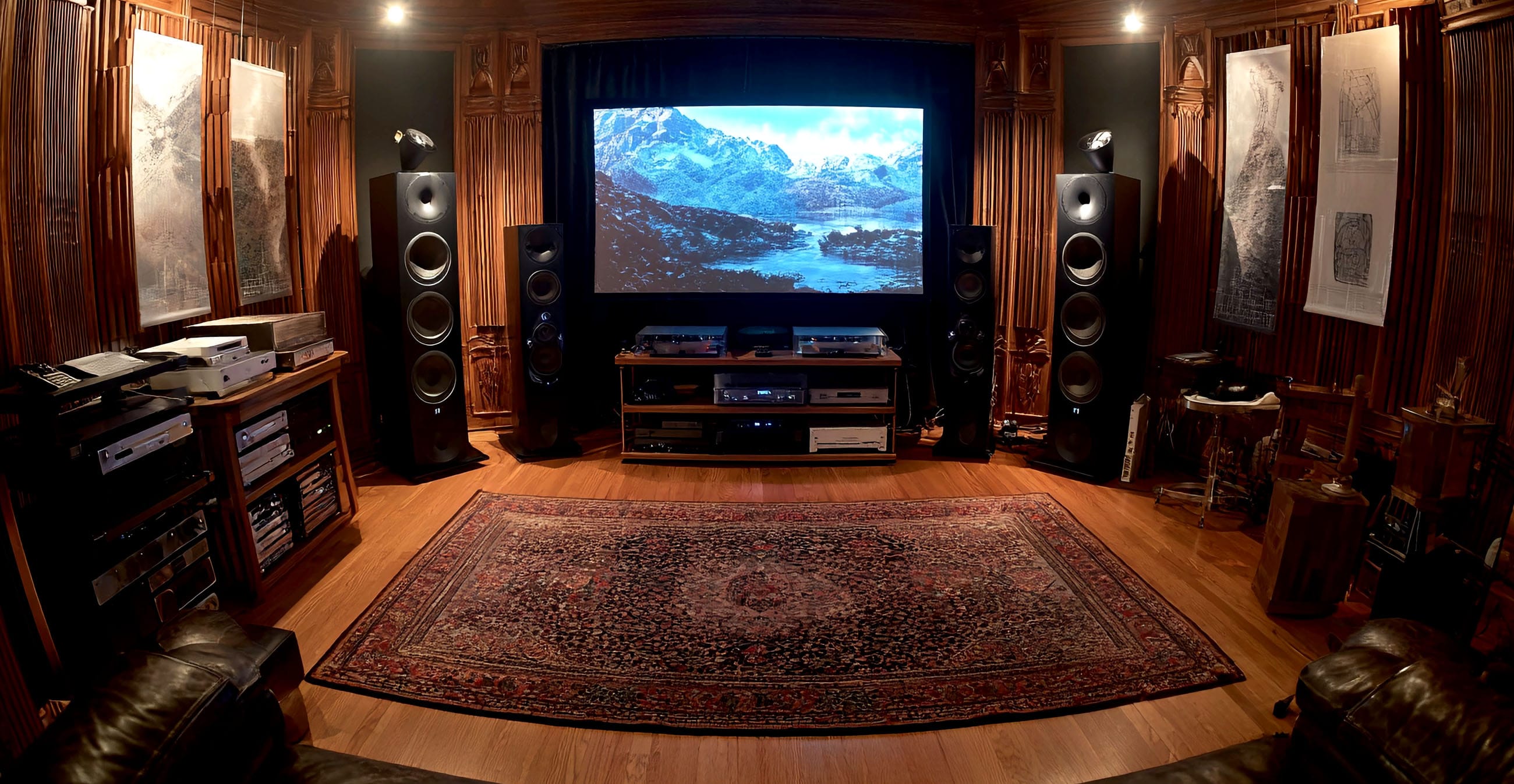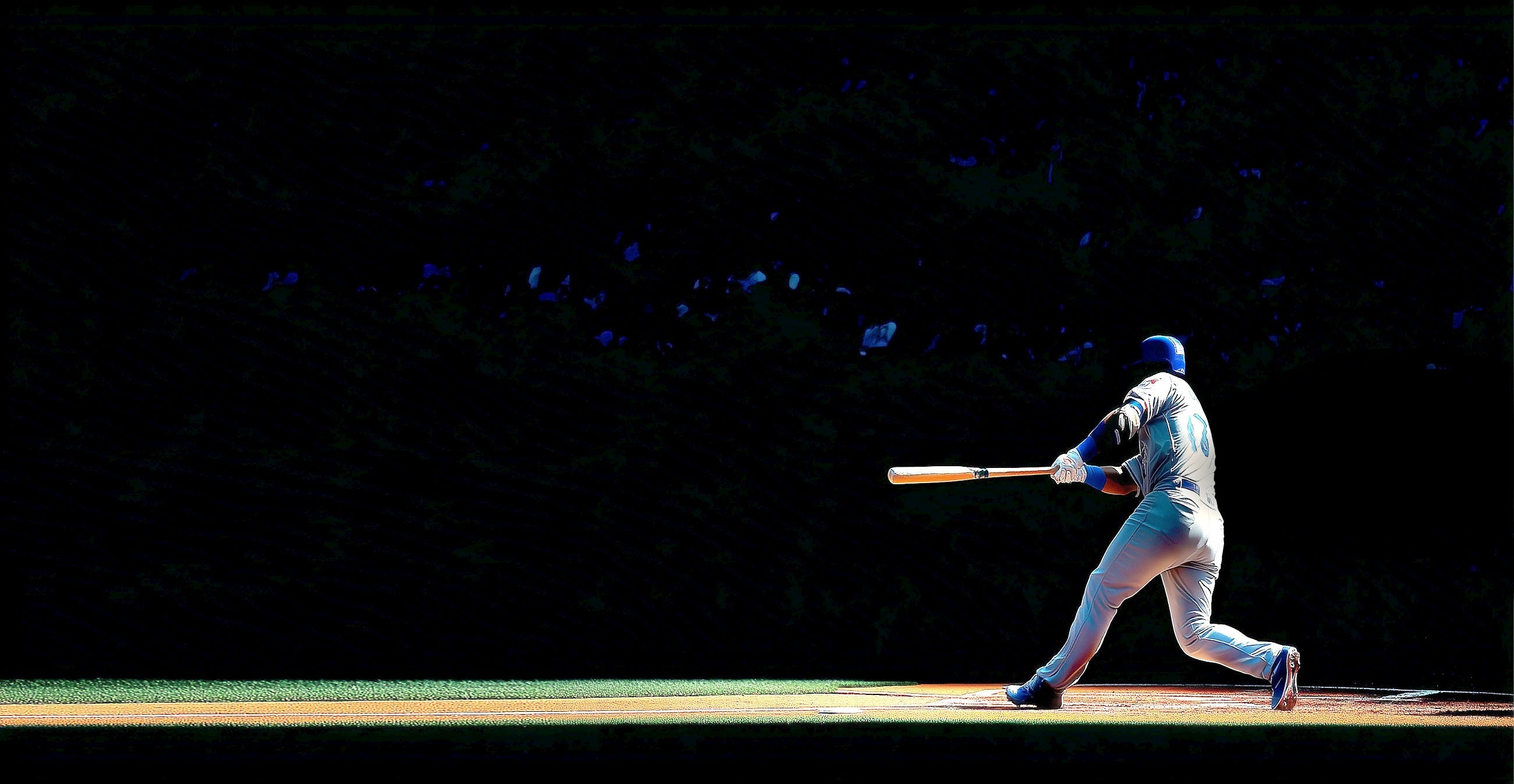Holding a 3x3x3 Rubik’s Cube feels like cradling a vibrant enigma, where every twist weaves chaos into order. This iconic puzzle, with its colorful squares, beckons you to unlock its secrets, offering a profound sense of achievement with each solved layer. Solving it is more than a task; it is a journey of patience, logic, and quiet triumph. This guide unveils a simple, beginner-friendly path to mastering the 3x3x3 Rubik’s Cube using the layer-by-layer method, crafted to spark joy and inspire confidence. Let us transform this scrambled puzzle into a symphony of harmony together.
Understanding the 3x3x3 Rubik’s Cube
The 3x3x3 Rubik’s Cube, a timeless classic, consists of 26 visible pieces: 8 corners (three colors each), 12 edges (two colors each), and 6 fixed centers (one color each). With over 43 quintillion possible configurations, its complexity is daunting yet conquerable with a clear strategy. The cube has six faces: front (F), back (B), left (L), right (R), up (U), and down (D). Notation is straightforward: a letter (e.g., R) indicates a 90-degree clockwise turn, an apostrophe (e.g., R') means counterclockwise, and a “2” (e.g., R2) denotes a 180-degree turn. With this foundation, you are ready to unravel the cube’s mysteries.
Step 1: Solving the White Cross
The journey begins by forming a white cross on the bottom face (D), aligning the white edge pieces with the center colors of adjacent faces. This creates a solid foundation for the first layer.
Finding and Positioning White Edges
Identify the four edge pieces with white. Each must be moved to the bottom (D) face, aligning with the center colors of the side faces (e.g., a white/red edge belongs between the white and red centers). If an edge is in the bottom layer but misaligned, rotate the bottom face (D) to position it under its target spot, then use:
F2
If the edge is in the middle or top layer, move it to the bottom by turning the face it’s on (e.g., R or L) to bring it down, then align it. Repeat for all four edges until a white cross forms, with white edges matching the side centers. This cross is your first milestone, a spark of order in the chaos.
Step 2: Completing the White Face
With the white cross in place, position the four white corner pieces to complete the bottom layer. Find a corner with white in the top (U) or bottom (D) layer. If it’s in the bottom layer but in the wrong position, rotate D to move it below its correct spot (e.g., bottom front right). Use this algorithm to place and orient it:
R' D' R D
Repeat until the corner’s white sticker is on the bottom face and side colors align. If the corner is in the top layer, turn U to position it above its target spot, then apply the algorithm. Complete all four corners, and the white face becomes a solid layer, a testament to your growing skill.
Step 3: Solving the Middle Layer Edges
Turn the cube upside down so the white face is on the bottom (D) and the yellow face is on top (U). Now, pair the middle layer edge pieces with their corresponding side centers using algorithms.
Positioning Middle Layer Edges
Find an edge piece in the top layer (U) without yellow (to avoid disturbing the yellow face later). Align it with the center color of its target side (e.g., a red/green edge between red and green centers). Hold the cube with the target face as the front (F), and use one of these algorithms based on whether the edge needs to go left or right:
Right: U R U' R' U' F' U F
Left: U' L' U L U F U' F'
If an edge is in the middle layer but misplaced, use the same algorithm to move it to the top layer, then reposition it correctly. Repeat for all four middle edges. If no suitable edges are in the top layer, displace a misplaced middle edge to continue. This step completes the first two layers, a significant leap toward victory.
Step 4: Forming the Yellow Cross
Focus on the top (yellow) face to form a yellow cross with the edge pieces. Check the yellow edges: you may see a dot, line, L-shape, or cross. Use this algorithm to cycle through cases until a yellow cross appears:
F R U R' U' F'
Hold the cube with any face as the front and apply the algorithm. Repeat until the four yellow edges form a cross. This step requires patience, but the emerging cross signals you are nearing the end.
Step 5: Positioning Yellow Edges
With the yellow cross formed, align the yellow edges with their correct side centers. Check how many edges are correctly positioned. Use this algorithm, holding the cube with a correctly positioned edge (if any) at the front:
R U R' U R U2 R'
Repeat until all edges align with their side centers. If no edges are correct, apply the algorithm and check again. This step ensures the yellow face’s edges are perfectly placed.
Step 6: Positioning Yellow Corners
Now, position the yellow corner pieces in their correct spots, ignoring their orientation. Identify corners already in the correct position (matching side colors). Hold the cube with a correct corner (or any corner) at the front right top, and use:
U R U' L' U R' U' L
Repeat until all corners are in their correct positions. This may take several cycles, but each application moves you closer to alignment.
Step 7: Orienting Yellow Corners
Finally, orient the yellow corners so their yellow stickers face up. Hold the cube with a misoriented corner at the front right top position, and use:
R' D' R D
Repeat until the corner’s yellow sticker faces up, then rotate the top layer (U) to bring another misoriented corner to the front right top. Repeat for all corners. The cube is now solved, a vibrant symbol of your perseverance.
Tips for Mastering the Cube
Solving the 3x3x3 Rubik’s Cube is a dance of logic and persistence. Practice key algorithms like R' D' R D and F R U R' U' F' until they feel instinctive. Always verify the cube’s orientation before applying algorithms, as precision is crucial. If stuck, backtrack to ensure previous layers are correct. Embrace errors as learning opportunities, for each twist refines your skill. The cube teaches that complexity, when approached methodically, yields to simplicity.
The Philosophy of the Cube
As the final piece clicks into place, the 3x3x3 Rubik’s Cube transforms from chaos to harmony, a microcosm of life’s challenges. Each turn reflects a choice, each layer a step toward clarity. Solving the cube is a meditation on patience, a reminder that even the most intricate puzzles unravel with steady effort. As you hold your solved cube, feel the quiet pride of turning disorder into order, a triumph that echoes beyond the puzzle itself.





